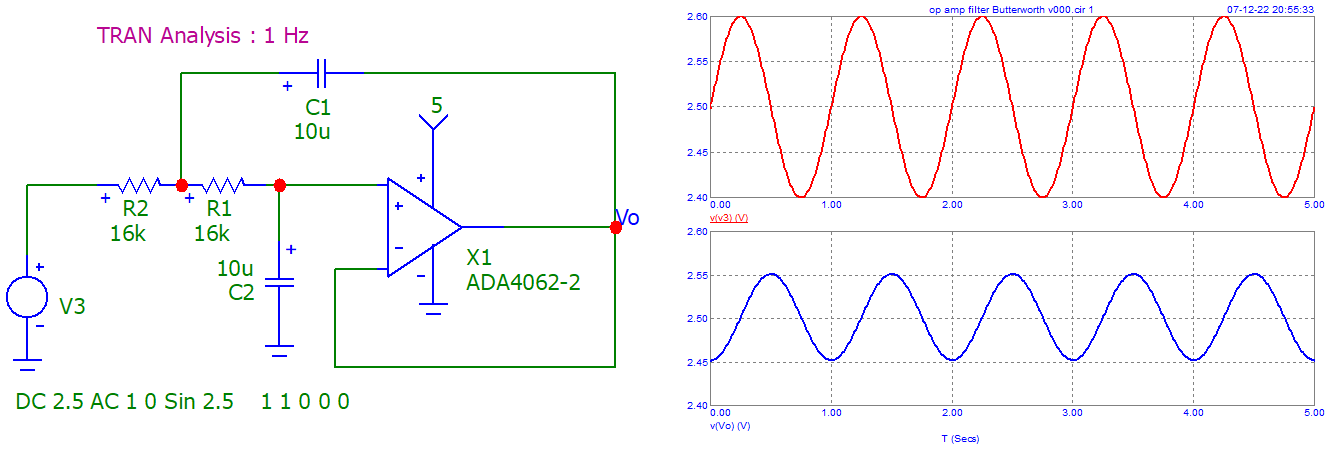I know that every OP Amp does have a limited capacitive load drive capability.
Even if not specified, it is always a good practice to use a series isolation resistor.
Anyway; when looking at an active butterworth low-pass filter, I can't use an isolation resistor:

I want to realize an active filter with 1 Hz cut-off-frequency. Additional requirement is ultra low noise - therefore resistance values should be low (<20k Ohm). With Z1=Z2= 16k Ohm and a fc = 1 Hz the capacitor should be 10 µF = Z3 = Z4.
In this application, do I need to care for the max. capacitive load of the op amp as it is in the feedback loop? Can I use a 10 µF capacitor in combination with f.e. a ADA4523 Op Amp?
Thanks, Frank







